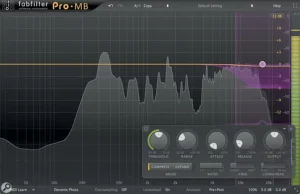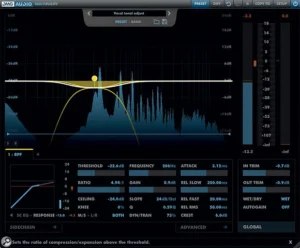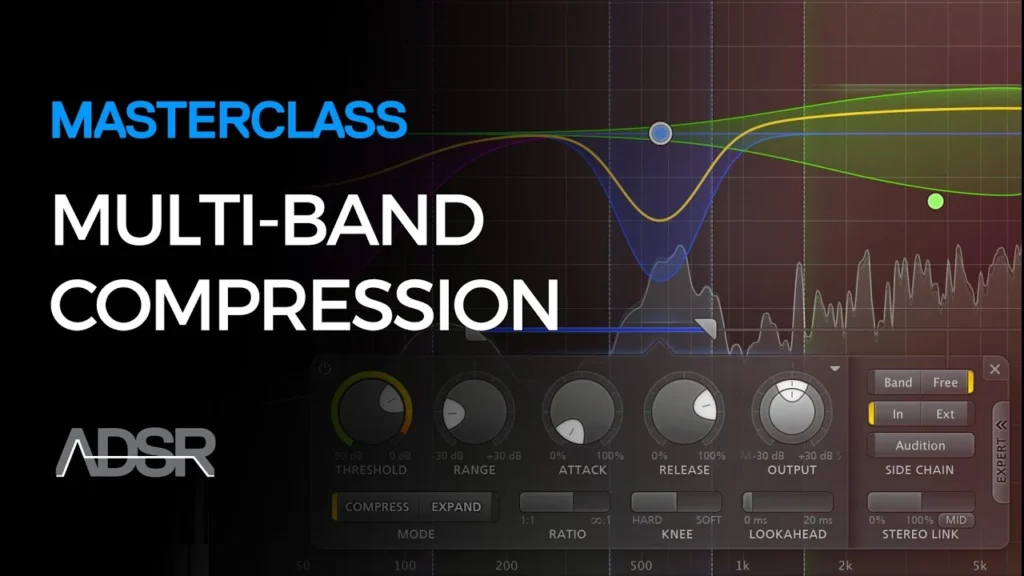Introduction to Multiband Compression

Multiband compression excels at smoothing out harsh high-frequency transients, such as sharp pick noises on acoustic guitars or overly bright cymbals. By targeting specific high-frequency bands with fast attack and release times, it allows for controlled compression without affecting the overall tonal balance of the track. Properly setting the crossover point between compressed and uncompressed bands is crucial to avoid unwanted artifacts.
Enhancing Vocal Brightness

This technique is also useful for achieving a consistent high-frequency presence in vocals, often heard in mainstream pop music. A lower ratio and threshold help to even out the dynamic range, enhancing the overall brightness without overly emphasizing sibilance. This approach mimics de-essing but with more control over the high-frequency content, allowing for a polished vocal sound.
Tackling Mid-Range Harshness
Vocals and electric guitars often exhibit mid-range harshness, particularly during intense passages. Simple EQ cuts may not suffice, as they can make the rest of the track sound muffled. A targeted multiband compression approach in the mid-range frequencies helps to control harshness while preserving the overall clarity and presence of the track. This requires precision in selecting the appropriate frequency band to avoid over-processing.
Controlling Low-End Fluctuations

In the lower frequencies, multiband compression can address issues such as proximity effect variations in vocal recordings or resonances in bass recordings. By compressing the sub-300Hz region or focusing on specific bass frequencies, the technique helps to maintain a consistent low-end without sacrificing the fullness of the sound. Careful attention to attack and release times is necessary to retain the natural energy and urgency of the performance.
Strategic Use of Multiband Compression
The key to effective multiband compression is using it sparingly and only where necessary. Overusing multiple bands can lead to an overly processed and unnatural sound. Instead, focus on addressing specific spectral issues with minimal bands to achieve transparent results without introducing unwanted side effects. This approach ensures that the benefits of multiband compression are fully realized without compromising the integrity of the mix.





